Purpose
Brainstorming is one of the most widely used techniques to generate ideas. If it is carried out systematically it can do wonders and can lead to innovation and a huge amount of creativity. Classical brainstorming involves a small group of people, a well–trained facilitator and a clear problem to explore.
Brainstorming is about two fundamental areas: idea generation and idea evolution. In a brainstorming session, three principles must be followed:
- Aim for quantity. Quantity would lead to quality through the evolution of ideas.
- Defer judgement. New ideas can be fragile. If all ideas are recorded and given a chance, they can grow legs and stand on their own feet. Otherwise they can be lost without been given a chance.
- Go for associations. Even if an idea is not suitable, it can open up the search to reach another idea which can be much more useful. This is why no idea should be killed and judgement should be deferred. It allows you to maximise the search efficiency and lets you come across more novel ideas.
Objective
Use classical and double brainstorming to explore creative solutions to a problem.
What You Need
- Flipcharts or whiteboard.
Setup
- Divide the delegates to groups of no less than 4 or more than 8.
- Nominate one person as a facilitator in each group.
- The facilitator should conduct a warm-up session to explain what will take place in the brainstorming session and to create a positive criticism-free atmosphere.
- Ask the groups to consider a problem that they want to brainstorm on. The problem should then be clearly identified.
- The facilitator should record the problem on a flipchart or a whiteboard.
- The grand rules of brainstorming must be emphasised by the facilitator; aiming for quantity of ideas and that no idea will be judged.
- Ask the group members to provide ideas and solutions to the problem. The facilitator must encourage everyone to talk.
- The facilitator must record all the ideas on the flipcharts or the whiteboard. Various techniques can be used in this step such as mind maps, placing post-it notes on flipcharts or whiteboard and so on.
- If solutions or ideas are unclear, they must be clarified and recorded.
- Once enough ideas are generated or people cannot think of many more ideas, the current ideas must be consolidated. Those that are similar must be grouped together and duplicates must be removed. There is no judgement at this stage. The aim is only to tidy up the set of ideas to a series of clearly defined solutions that are distinct from each other so they can be evaluated.
- Next, ask the groups to go through the ideas and discuss them to select the best option. They should now consider the advantages and disadvantages of each solution and rank them to see which one is the best option. Various techniques can be used to decide for the best option. Examples include trade-off matrix, force field analysis, decision trees, Delphi method and so on.
- A great way to enhance this technique is to use double brainstorming. This is effectively two brainstorming sessions with a delay of 2 to 3 days in between. The idea is that after the first brainstorming session people continue to think about the problem consciously and unconsciously and come up with more novel ideas. When back after a few days, they can share these ideas with others through a second brainstorming session in a systematic way. The brainstorming session then leads to selecting the ideal option.
Timing
Explaining the Exercise: 5 minutes
Activity: 60 minutes (max 1.5 hours)
Group Feedback: 0 minutes
Discussion
N/A
Soft Skills Training Materials
Get downloadable training materials
Online Train the Trainer Course:
Core Skills
Learn How to Become the Best Trainer in Your Field
All Tags
Training Resources for You
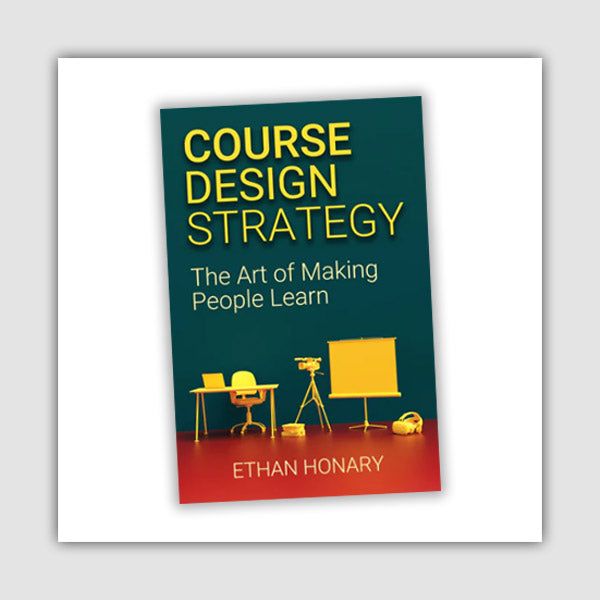
Course Design Strategy
Available as paperback and ebook

Free Training Resources
Download a free comprehensive training package including training guidelines, soft skills training activities, assessment forms and useful training resources that you can use to enhance your courses.

Our Comprehensive Guide to Body Language

Train the Trainer Resources
Get Insights - Read Guides and Books - Attend Courses
Training Materials
Get downloadable training materials on: Management Training, Personal Development, Interpersonal Development, Human Resources, and Sales & Marketing

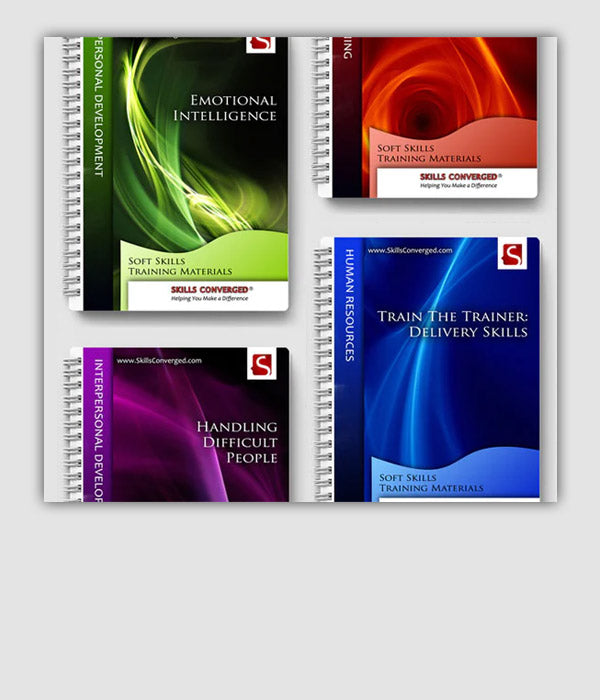
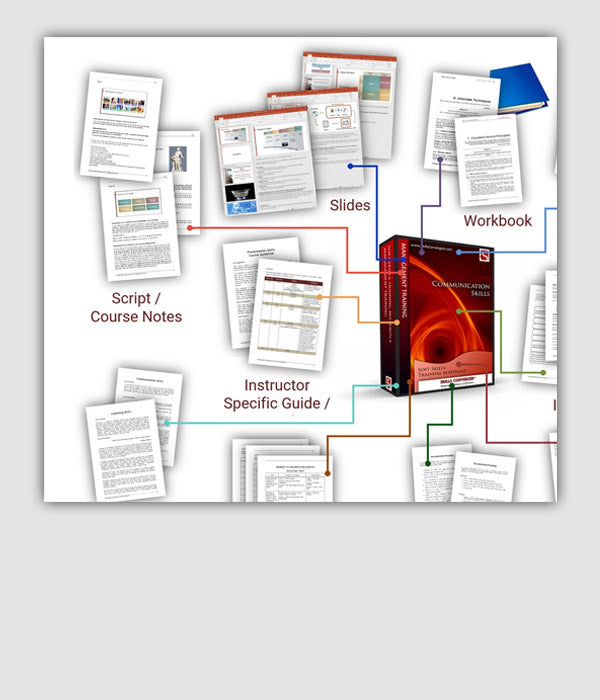
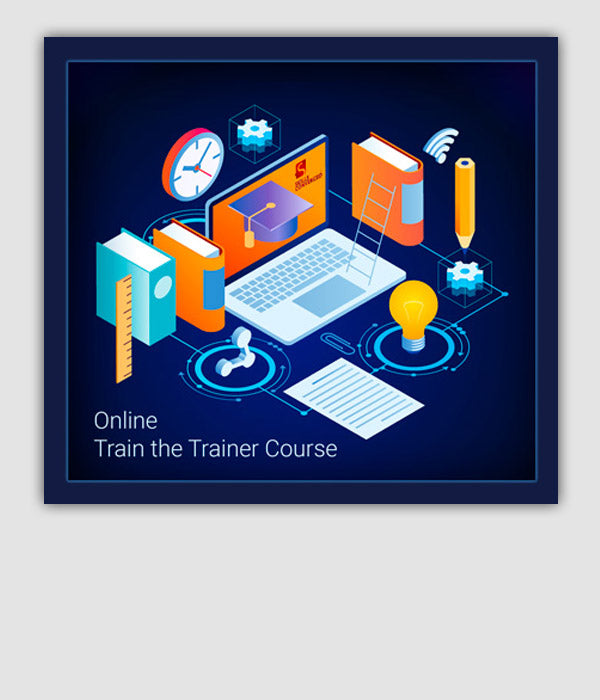
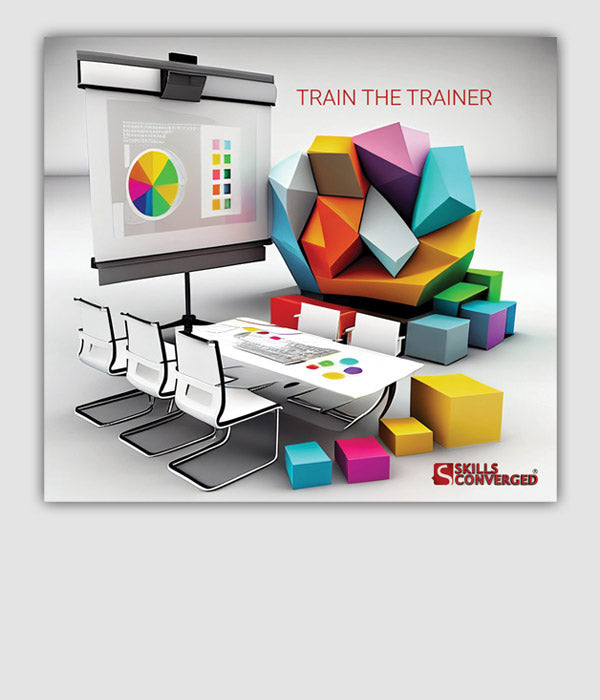





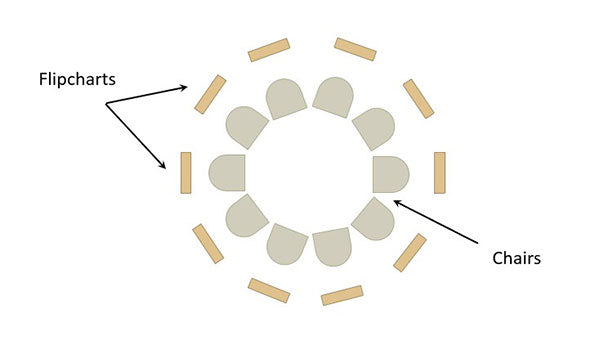



Leave a comment
All comments are moderated before being published.
This site is protected by reCAPTCHA and the Google Privacy Policy and Terms of Service apply.